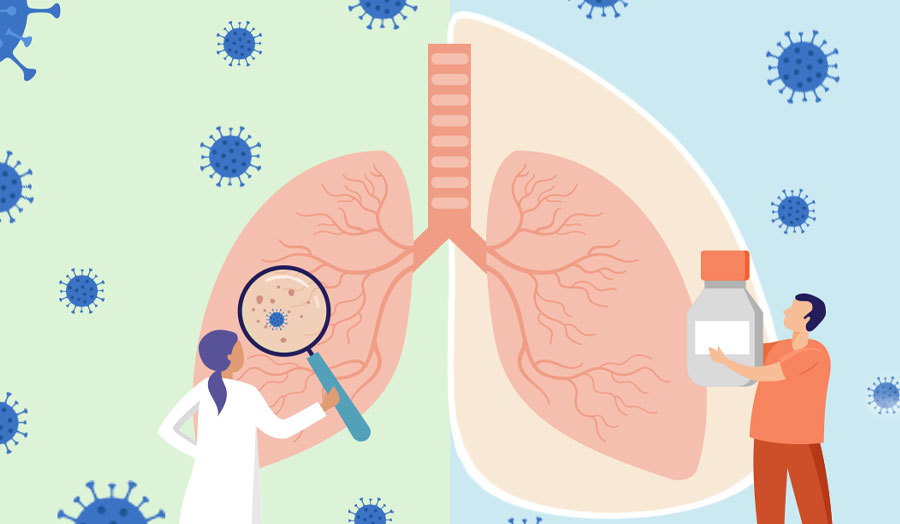Tuberculosis and the flu
On 24 March of each year, the World Health Organisation (WHO) commemorates World Tuberculosis Day to raise awareness for tuberculosis (TB)(1). Like influenza, TB is a respiratory disease that is spread through air droplets expelled by an infected person when they cough, sneeze or spit(2). Also like influenza, millions of people fall ill with TB each year, and many of them die(3). In fact, the European Centre for Disease Prevention and Control (ECDC) calls TB ‘one of the deadliest infectious diseases worldwide’(2) .
However, it is not all bad news! Although an estimated 25% of the global population has been infected with the TB bacteria, only 5-10% of the infected people are at risk of developing TB(4) . You can live with the TB bacteria in your body without falling ill from it(4). This is called latent TB(4) . You will have no symptoms, you won’t feel sick and you cannot spread the disease(4) . . Furthermore, TB is curable and preventable(3) !
Who is at risk of developing an active TB disease?
Your immune system plays a crucial role in determining whether you are at risk of developing active TB. If you have a compromised immune system or a pre-existing health condition, such as HIV or diabetes, you are more likely to develop TB (5). Moreover, having the flu increases your chance of catching a bacterial infection, so it is possible that having the flu increases your chance of developing active TB(6). When you have both the flu and TB, you are at a higher risk of developing serious health complications that require hospitalisation(6) .
Prevention is the key!
For both influenza and TB, prevention is the key to staying healthy. You can protect yourself by washing your hands frequently, avoid touching your eyes, nose or mouth in public, and staying away from sick people(7). The flu shot remains the most effective way to protect yourself from the influenza virus(8). So this winter season, speak to your doctor or healthcare provider about the flu vaccine and ways to boost your immune system to avoid catching the flu or TB!
Sources
(1) World Tuberculosis Day. WHO. Available at: https://www.who.int/campaigns/world-tb-day. Accessed on 18 January 2023.
(2) Tuberculosis remains one of the deadliest infectious diseases worldwide, warns new report. ECDC. Available at: https://www.ecdc.europa.eu/en/news-events/tuberculosis-remains-one-deadliest-infectious-diseases-worldwide-warns-new-report. Accessed on 16 January 2023.
(3) Tuberculosis. WHO. Available at: https://www.who.int/news-room/fact-sheets/detail/tuberculosis. Accessed on 15 January 2023.
(4) Latent TB Infection and TB Disease. CDC. Available at: https://www.cdc.gov/tb/topic/basics/tbinfectiondisease.htm. Accessed on 18 January 2023.
(5) Tuberculosis Facts: You Can Prevent TB Fact Sheet. CDC. Available at: https://www.cdc.gov/…/prevention_eng.htm. Accessed on 18 January 2023.
(6) Changes in Mycobacterium tuberculosis-Specific Immunity With Influenza co-infection at Time of TB Diagnosis. Frontiers. Available at: https://www.frontiersin.org/articles/10.3389/fimmu.2018.03093/full#B1. Accessed on 16 January 2023.
(7) Protect yourself against flu: Learn more about preventive measures. ECDC. Available at: https://www.ecdc.europa.eu/…/personal-protective-measures. Accessed on 20 January 2023.
(8)Seasonal influenza vaccines. ECDC. Available at:: https://www.ecdc.europa.eu/en/seasonal-influenza/prevention-and-control/seasonal-influenza-vaccines. Accessed on 15 January 2023.






Leave a comment